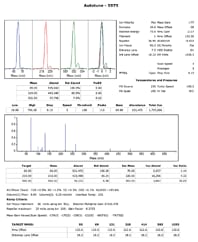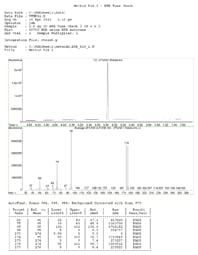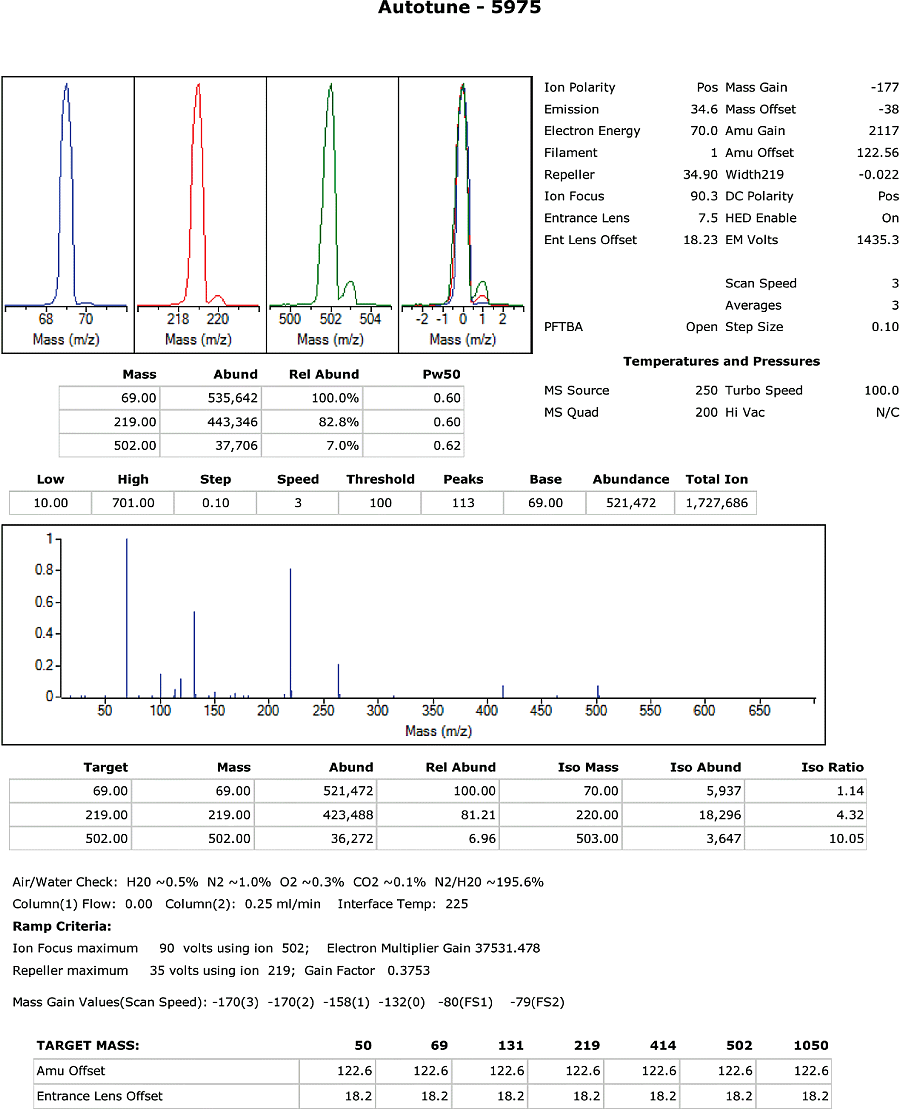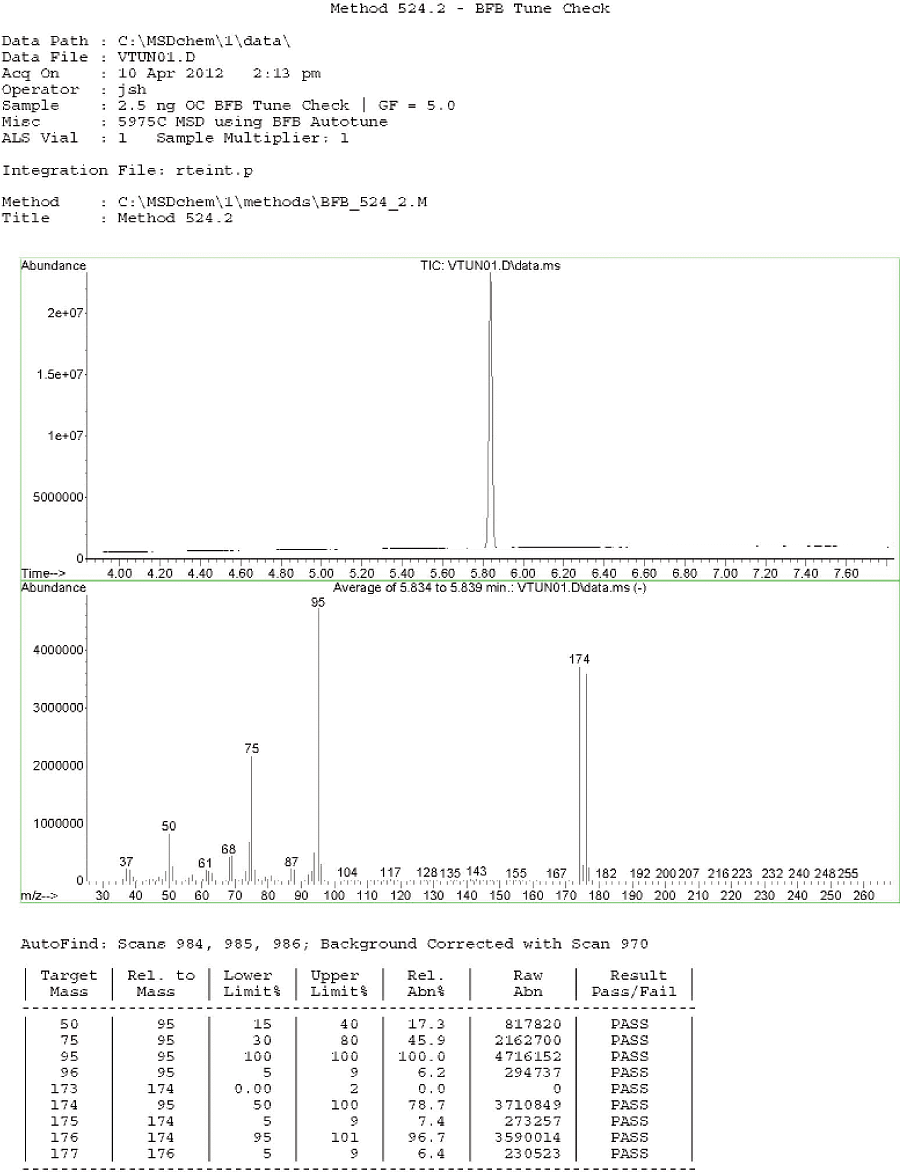Access Agilent eNewsletter, February 2014
>> Update My Profile | Subscribe to Access Agilent | Article Directory

Replace helium with lower-cost hydrogen to analyze volatiles in water
By Lakshmi Krishnan
Agilent Global Marketing Program Manager, Environmental
The analysis of volatile organic compounds (VOCs) by purge and trap has traditionally used helium as the carrier of choice. However, due to global helium shortages, as well as increased costs, many laboratory managers are now considering ways to reduce helium use, including the use of alternative carrier gases, such as hydrogen.
For laboratory managers who do not want to switch to another carrier gas, Agilent has introduced a new module for GC systems that will help reduce helium gas consumption. An overview of this new programmable helium conservation module is covered in the recent presentation Addressing the World Shortage of Helium.
For those who are willing to move to hydrogen carrier gas for both GC and GC/MS analyses, Agilent has developed the methods and tools to aid in making the switch.
Using hydrogen to test volatiles in water by purge and trap GC/MS
In this first example, use of hydrogen carrier for EPA Method 524.2 is demonstrated – Measurement of Purgeable Organic Compounds in Drinking Water by Capillary Column Gas Chromatography/Mass Spectrometry. This is one of the most widely used EPA drinking water methods. The learnings here can be adapted to include other EPA volatiles methods.
 Enlarge
Enlarge
Figure 1. Bromofluorobenzene autotune evaluation report.
This method was developed on an Agilent 5977A GC/MSD System coupled to an Agilent 7890B GC. The GC was served by an Atomx Automated VOC Purge and Trap Sample Prep System. An Agilent J&W DB-624 Ultra Inert GC column (15 m x 100 µm) was the chromatographic column.
BFB tuning with hydrogen carrier
Achieving a bromofluorobenzene (BFB) tune according to EPA requirements is critical to this method. A total of 150 consecutive injections of bromofluorobenzene were done by purging samples and blanks spiked with internal standards and surrogates. Each of the injections was evaluated using the Agilent ChemStation standard BFB tune report protocols. The results demonstrated that the hydrogen method consistently met all of the EPA Method 524.2 BFB tuning criteria (Figure 1).
A cornerstone of Agilent’s approach to volatiles analysis, the BFB autotune provides a completely automated tune for better consistency, robustness, sensitivity, and better dynamic working range than the target tuning approach.
The new BFB autotune provides a very high degree of stability, with some beta sites having run samples for months without retuning or failing continuing calibration verification criteria.
 Enlarge
Enlarge
Figure 2. Total ion current (TIC) of 10 ppb of each compound in the calibration standard.
Maximize chromatography with the Agilent J&W DB-624 Ultra Inert GC column
In this example, the initial calibration ranged from 0.2 ppb to 40 ppb. Each sample also included 20 parts per billion (ppb) of the internal standards and surrogates. The chromatography exhibited symmetrical peaks throughout, with the last of the 86 compounds eluting at 11.01 minutes (Figure 2).
There was very good peak shape and symmetry for each of the gaseous compounds in the calibration standard. The Agilent J&W DB-624 Ultra Inert GC column is optimal for the fast analysis of VOCs, and for environmental and chemical samples with unknown components. The unique Ultra Inert deactivation process enhances peak shape, improving signal-to-noise levels and increasing sensitivity for both qualitative and quantitative analysis.
The method detection limits (MDLs) and relative standard deviation also satisfy the criteria set by EPA Method 524.2. The calibration data quality was high enough to generate very high spectra matching scores across all 85 compounds in a NIST reverse search.
A method has been developed with hydrogen as carrier gas and nitrogen as purge gas that meets the criteria set by EPA Method 524.2. For more details on this method, please refer to Application Note 5991-3358EN.
Agilent offers a comprehensive selection of GC/MS volatiles analyzers
If you need a complete system to quantitate volatile organic contaminants in water samples based on a headspace sampler, learn more about Agilent’s complete line of GC/MS Volatiles Analyzers that offer these many advantages:
- Pre-configured and chemically tested for volatiles analysis to ensure optimal performance of your instrument and application.
- Optimized for VOC analysis including GC column, consumables, calibration/checkout samples, and an analytical method that reduces the time you spend configuring individual components.
- Integrated Capillary Flow Technology backflush for a more robust analysis with shorter run times and reduced system maintenance.
Why not visit the Agilent GC/MS Volatile Analyzers homepage now to see how these solutions can save your lab time and money.
References
- H. Prest, D. R. Walker, B. J. Hom, A. Vickers. “Using Hydrogen Carrier Gas for US EPA VOC Methods on the Agilent 5975 and Agilent 5977 GC/MSD Systems”. Agilent Application Note 5991-3358EN.
- J. S. Hollis, H. Prest. “Volatile Organic Compound Analysis Using Purge and Trap”. Agilent Application Note 5991-0029EN (2012).
>> Update My Profile | Subscribe to Access Agilent | Article Directory

